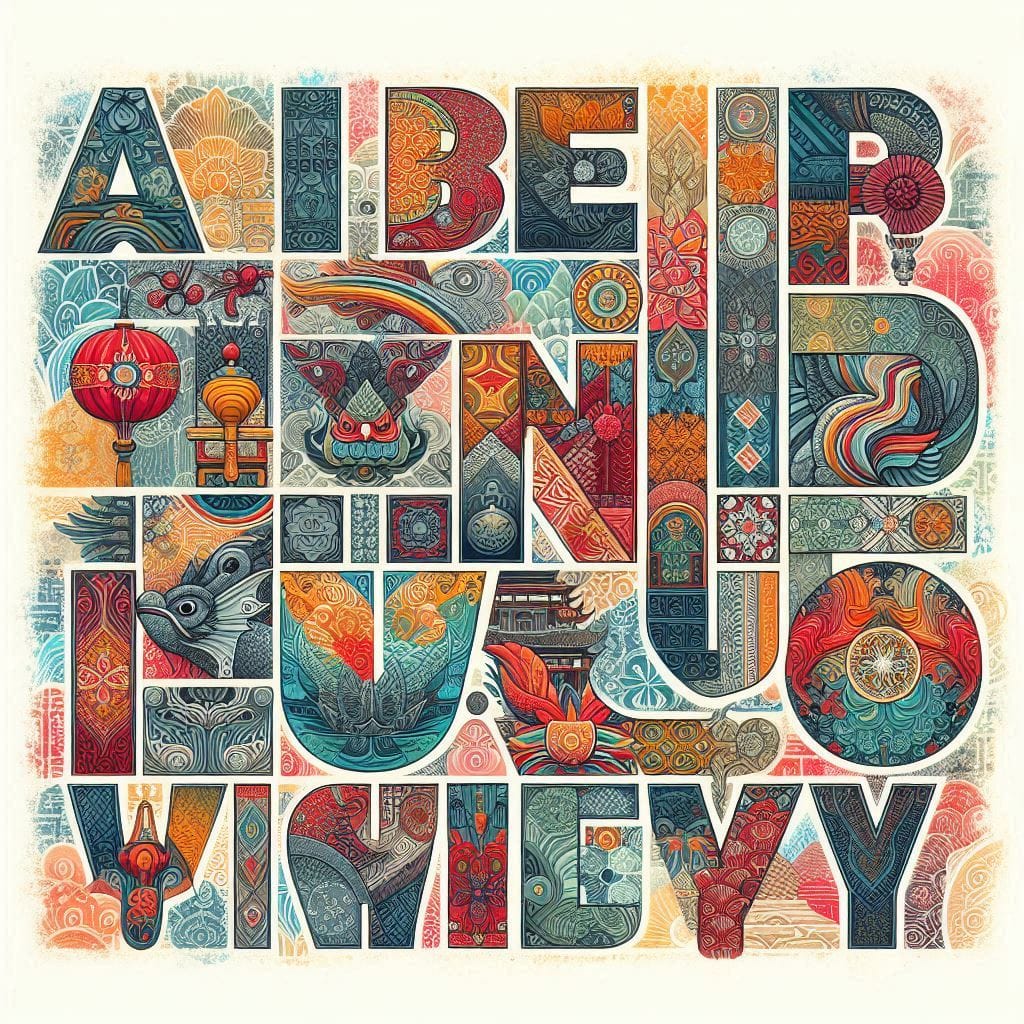Preserving Roots: A Journey Through a Two-Language Home"

Growing up, Vietnamese was the language of our household. English was reserved for interactions with siblings, but within the familial sphere, Viet was priority. My parents instilled in us the importance of language as a vessel for cultural preservation. We engaged in weekend Viet school sessions, meticulously sounding out letters and mastering the nuances of pronunciation, 2 different types of Ds and Es, 3 types of As and Os and 5 different types of accents.
Beyond linguistic proficiency, these efforts were about fostering a connection to our roots. Our interactions with extended family and community members reinforced the value of language in maintaining cultural ties.
My first immersion into Vietnam and talking to people outside my immediate household, occurred during a transformative trip at the age of eleven. The experience, while initially daunting, became a lesson in adaptation. Language, once a source of discomfort, now became a bridge to understanding and integration. Although I didn’t speak much on that trip, I was able to talk back, and understand the conversations.
At times, learning Vietnamese felt like an inconvenience during childhood, but as I got older, I came to appreciate keeping my roots with me.The language has always kept in my head.
Navigating University and Beyond
University life ushered in a shift. With reduced opportunities for Vietnamese, interactions became sporadic. When meeting people in the Vietnamese Student Association we automatically spoke English as some people didn’t know Vietnamese. Speaking to my parents often centered on surface-level topics to avoid anything that they may be offended about.. Attempts to delve deeper were met with communication barriers or reluctance from my parents, leading to strained exchanges.
A Language Frozen in Time.
Over the years, my Vietnamese stagnated, limited to basic conversational topics and food. Deeper discussions or nuanced expressions remained elusive due to a lack of vocabulary and exposure to evolving language trends.
Even pivotal moments, highlighted the gaps in my understanding. On my wedding day, there was a moment when it was just me and my father. A moment I’ve always pictured in my head as one of those father daughter moments you see in the movies. But, they never really pan out to what you envisioned. I didn’t know the exact words that he was saying. He said in Vietnamese, “I am ____, are you?” A word I never heard of in my whole life. Perplexed, I nodded and just said yes too, ashamed of asking him what he meant, but to this day I still don’t know. Was he asking if I was nervous, proud. happy, anxious, sad, a whole other word? I’ll never know.
Preserving Culture Beyond Language
Returning to Vietnam with my husband unveiled a new layer of complexity. As a translator for him, I grappled with feelings of disconnection and inadequacy, realizing the limitations of my linguistic repertoire. Words I am familiar with have now been replaced with completely new words. An example being the word, Nhà Thương. This is the only word I know for hospital. But that word is considered an “old word” the common word for hospital is Bệnh viện.
Conversations with cousins and family friends underscored the linguistic evolution that had occurred, leaving me with a sense of both pride and realization of the gaps in my language proficiency
While my language skills may have plateaued, my appreciation for my cultural heritage remains steadfast. I've come to understand that preserving culture transcends language alone; it encompasses embracing evolving traditions, customs, and societal shifts. As Vietnam progresses, so too must our approach to cultural preservation, adapting to new expressions and modes of communication.
My journey in a two-language household has been a tapestry of experiences, highlighting the intricate interplay between language, identity, and cultural evolution. It's a reminder that cultural preservation is an ongoing journey of adaptation and understanding, encompassing both the spoken and unspoken facets of heritage.


